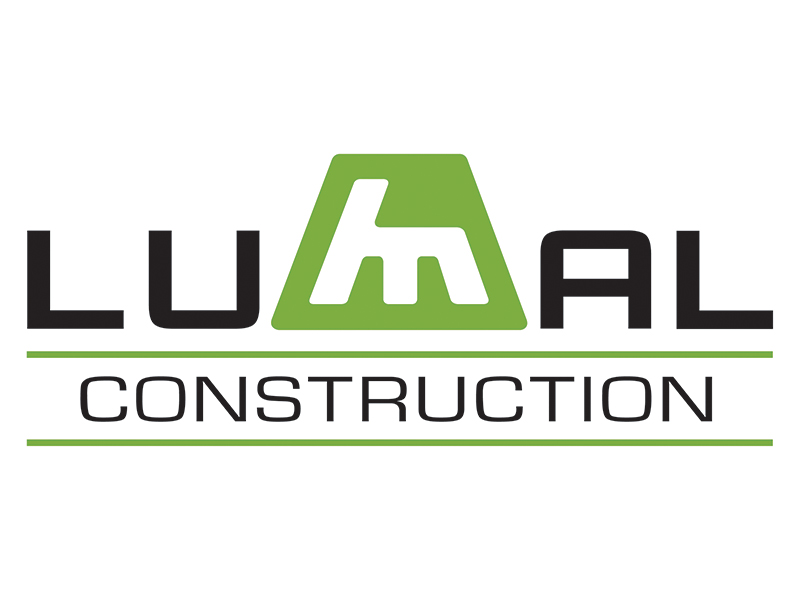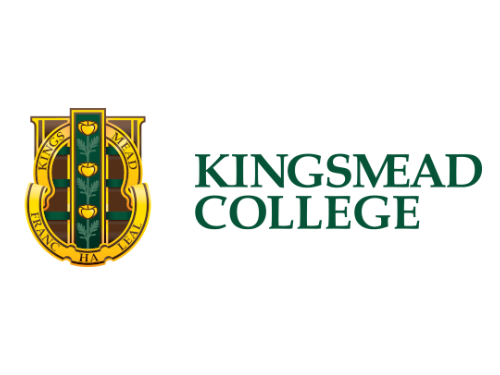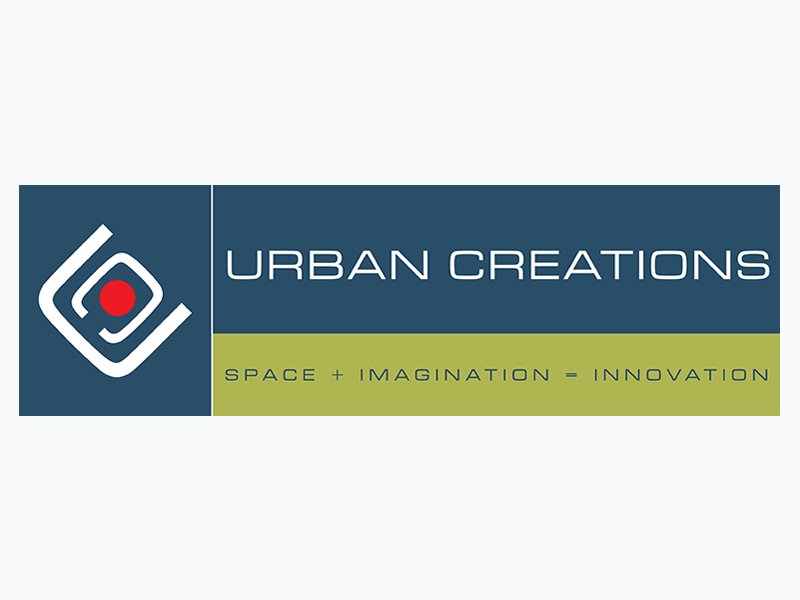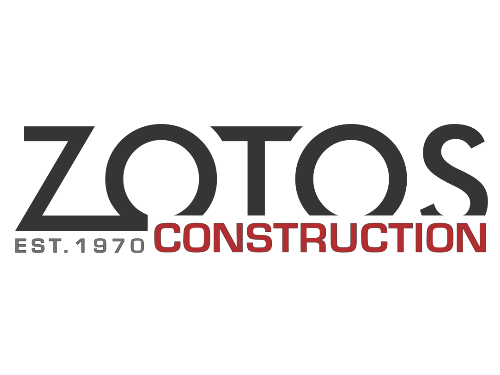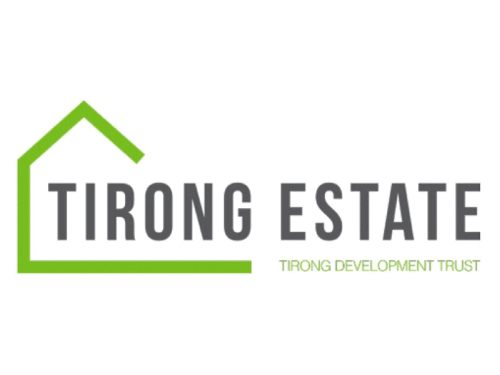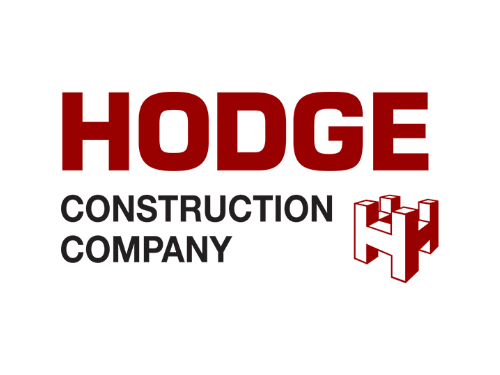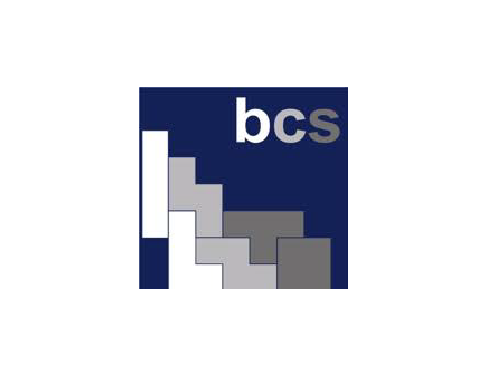Construction Safety Audits: Ensuring a Secure Working Environment
Assisting with Risk Assessment
- Demolitions
- Groundworks and excavations
- Temporary works
- Working with electrical equipment
- Working at heights
- Working in confined spaces
- Working with tower cranes
- Working with mobile plant and machinery
- Dealing with fire
- Erection and dismantling of support work
- What Are Construction Safety Audits?
Construction safety audits are comprehensive assessments conducted to identify and mitigate potential hazards, assess compliance with safety regulations, and implement effective measures to prevent accidents. These audits involve thorough inspections of construction sites, equipment, processes, and employee practices to evaluate safety protocols and ensure a secure working environment.
Types of Safety Audits in the Construction Industry
- Compliance Audits:
- Purpose: Compliance audits cover the most basic safety compliance checks in an organization.
- Focus: These audits help track whether safety measures comply with local laws and safety regulations.
- Importance: Ensuring compliance is essential to avoid hefty fines and maintain a positive reputation.
- Example: Verifying that fall protection systems meet legal requirements.
- Program Audits:
- Purpose: Program audits evaluate the programming aspect of construction operations.
- Focus: They ensure that internal processes are safe and secure by assessing procedures.
- Benefits: Program audits identify gaps, improve existing policies, and enhance overall safety.
- Example: Reviewing incident reporting procedures and corrective action processes.
- Management System Audits:
- Purpose: These audits oversee compliance and program audits.
- Focus: Management system audits ensure efficient practices and adequate safety compliance.
- Role: They verify that safety measures align with company practices.
- Example: Assessing the effectiveness of safety training programs.
- Compliance Audits:
- Importance of Safety Audits in Construction
Construction workers face critical risks, including falls from heights, improper equipment use, electric shocks, and trench collapses. Safety audits play a vital role in mitigating these risks:
- Legal Compliance:
- Organizations must meet health and safety requirements to protect workers and avoid legal consequences.
- Compliance audits ensure adherence to regulations.
- Risk Reduction:
- Identifying hazards through audits allows proactive risk mitigation.
- Implementing corrective actions prevents accidents and injuries.
- Employee Well-Being:
- Prioritizing safety fosters a positive work environment.
- Employees feel secure, leading to increased morale and productivity.
- Cost Savings:
- Preventing accidents reduces medical costs, compensation claims, and project delays.
Conclusion
Construction safety audits are not just a formality; they are a commitment to safeguard lives and promote responsible practices. By prioritizing safety, construction companies create a work environment where everyone can thrive.
Remember, safety is everyone’s responsibility. Let’s build a safer future together!
- Construction Safety Compliance and Inspections: Building a Secure Future
Construction Safety Compliance
What Is Construction Safety Compliance?
Construction safety compliance refers to adhering to legal regulations, industry standards, and best practices to ensure the safety and well-being of workers, visitors, and the surrounding community during construction projects. It involves implementing safety protocols, providing proper training, and maintaining a secure work environment.
Why Is Compliance Crucial?
- Legal Obligation:
- Compliance with safety regulations is not optional—it’s mandatory.
- Violations can lead to fines, legal disputes, and project delays.
- Risk Mitigation:
- Compliance reduces the likelihood of accidents, injuries, and property damage.
- It protects workers and minimizes liability for construction companies.
- Reputation and Trust:
- Compliant companies build trust with clients, investors, and the public.
- Reputation matters in the competitive construction industry.
- Worker Safety:
- Compliance ensures that workers have a safe environment to perform their tasks.
- It promotes a culture of responsibility and care.
- Construction Safety Inspections
What Are Construction Safety Inspections?
Construction safety inspections involve regular assessments of construction sites, equipment, and practices. Qualified professionals, such as engineers or construction managers, conduct visual inspections to:
- Evaluate the condition of foundations, walls, floors, ceilings, and roofs.
- Verify compliance with local building codes.
- Identify potential issues early to prevent serious problems.
Key Reasons for Safety Inspections:
- Promoting Greener Construction:
- Inspections verify sustainable construction methods and materials.
- Compliance with environmental regulations is essential.
- Ensuring Building Code Compliance:
- Inspectors ensure adherence to safety codes and regulations.
- Safety for occupants and structural integrity are top priorities.
- Detecting Defects Early:
- Early identification of defects prevents costly fixes later.
- Fewer change orders lead to smoother projects.
- Providing Quality Control:
- Inspections verify that construction meets quality standards.
- The finished product aligns with specifications.
- Saving Time and Money:
- Timely inspections prevent delays and cost overruns.
- Corrective actions address issues promptly.
Conclusion
Construction safety compliance and inspections are not just checkboxes—they are cornerstones of responsible construction practices. Let’s build a safer future together, one compliant project at a time.
- What is the difference between a safety audit and an inspection in construction?
Let’s explore the key differences between safety audits and inspections in the context of construction:
- Purpose and Focus:
- Safety Audit:
- Purpose: An audit evaluates an organization’s overall health and safety management system.
- Focus: It assesses the efficiency, effectiveness, and reliability of safety practices.
- Example: Verifying that safety programs are followed, identifying weaknesses, and ensuring proper documentation1.
- Safety Inspection:
- Purpose: Inspections focus on specific aspects of safety compliance.
- Focus: They review operations, equipment, and practices to identify immediate hazards.
- Example: Checking fall protection systems at the start of each shift1.
- Safety Audit:
- Frequency and Duration:
- Safety Audit:
- Frequency: Audits are more in-depth and less frequent.
- Duration: They can take several days to complete.
- Safety Inspection:
- Frequency: Inspections occur more frequently (e.g., monthly).
- Duration: They are relatively quick (usually minutes) and happen regularly12.
- Safety Audit:
- Scope:
- Safety Audit:
- Comprehensive: Audits cover a wide range of safety aspects.
- Systematic: Follows a logical plan and evaluates the entire safety management system.
- Safety Inspection:
- Specific: Inspections target specific areas or equipment.
- Immediate: Focuses on identifying immediate risks1.
- Safety Audit:
- Legal Compliance vs. Operational Effectiveness:
- Safety Audit:
- Legal Compliance: Audits assess compliance with laws and regulations.
- Risk Management: Identifies potential areas of financial risk.
- Safety Inspection:
- Immediate Safety: Inspections ensure compliance with safety protocols.
- Operational Efficiency: Detects defects early and ensures quality control1.
- Safety Audit:
In summary, safety audits provide a holistic view of an organization’s safety management system, while inspections focus on immediate compliance and hazard identification. Both are essential for maintaining a secure construction environment.
Remember, safety is everyone’s responsibility, and combining audits and inspections contributes to a safer workplace! 🛠️🔍🔒
- Health and Safety on Construction Sites: Building a Secure Future
Why Prioritize Health and Safety in Construction?
Construction sites are dynamic environments where workers face a multitude of risks daily. From working at heights to handling heavy machinery, safety is paramount. Here’s why health and safety (H&S) should be at the forefront of every construction project:
- Protecting Lives:
- Construction work involves inherent dangers. Prioritizing H&S safeguards workers from accidents, injuries, and fatalities.
- A safe workplace ensures that everyone returns home unharmed.
- Legal Compliance:
- Adhering to H&S regulations is not optional—it’s a legal requirement.
- Non-compliance can lead to fines, legal disputes, and reputational damage.
- Risk Mitigation:
- Identifying and managing risks prevent incidents.
- Proper safety protocols reduce the likelihood of accidents.
- Operational Efficiency:
- Safe practices lead to smoother operations.
- Fewer disruptions mean projects stay on schedule.
The South African Context
In South Africa, construction H&S has been a focus for stakeholders, yet challenges persist. Despite legislation and efforts, construction continues to contribute disproportionately to fatalities and injuries. Key points include:
- Legislation: South Africa has robust H&S laws, including the Construction Regulations. However, amendments are needed to enhance safety throughout all project phases.
- Enforcement: Stricter enforcement and adequate staffing of the OH&S Inspectorate are crucial.
- Health Focus: Beyond safety, attention to health, ergonomics, and primary health is essential1.
Creating a Safe Construction Environment
- Risk Assessments:
- Identify hazards and assess risks before starting any task.
- Implement preventive measures based on findings.
- Training and Education:
- Regularly train workers on safety protocols.
- Equip them with knowledge to handle emergencies.
- Site Management:
- Appoint a Health and Safety Agent.
- Ensure compliance with regulations throughout the project lifecycle.
- Emergency Preparedness:
- Have evacuation plans, first aid stations, and emergency contacts readily available.
- Regularly conduct drills.
Conclusion
Construction H&S isn’t just about compliance; it’s about valuing lives. Let’s build responsibly, ensuring a secure future for workers, communities, and the industry.
- Health and Safety in the Workplace: Prioritizing Employee Well-Being
Why Workplace Health and Safety Matters
Creating a safe and healthy work environment is not just a legal obligation—it’s an investment in your employees’ well-being and your organization’s success. Here’s why workplace health and safety should be at the forefront:
- Protecting Lives:
- Every employee deserves to work in an environment free from hazards.
- Prioritizing safety prevents accidents, injuries, and illnesses.
- Legal Compliance:
- Adhering to health and safety regulations is mandatory.
- Compliance avoids penalties and legal disputes.
- Productivity and Morale:
- Safe workplaces boost employee morale and productivity.
- Workers feel valued and motivated.
- Cost Savings:
- Preventing accidents reduces medical costs, absenteeism, and turnover.
- It also minimizes disruptions to operations.
Key Elements of Workplace Health and Safety
- Risk Assessments:
- Identify workplace hazards and assess risks.
- Implement preventive measures based on findings.
- Training and Education:
- Regularly train employees on safety protocols.
- Equip them with knowledge to handle emergencies.
- Safety Committees:
- Establish health and safety committees.
- Involve employees in safety decisions.
- Emergency Preparedness:
- Have evacuation plans, first aid stations, and emergency contacts.
- Conduct regular drills.
Conclusion
Prioritizing health and safety isn’t just about compliance; it’s about caring for your most valuable asset—your employees. Let’s build a workplace where everyone thrives.
- Occupational Health and Safety in Construction: Building a Safer Future
Why Prioritize OHS in Construction?
Construction sites are dynamic environments where workers face numerous risks daily. Prioritizing Occupational Health and Safety (OHS) is essential for several reasons:
- Protecting Lives:
- Construction work involves inherent dangers, from working at heights to handling heavy machinery.
- OHS safeguards workers from accidents, injuries, and fatalities.
- Legal Compliance:
- Adhering to OHS regulations is not optional—it’s a legal requirement.
- Non-compliance can lead to fines, legal disputes, and reputational damage.
- Risk Mitigation:
- Identifying and managing risks prevent incidents.
- Proper safety protocols reduce accidents and illnesses.
- Operational Efficiency:
- Safe practices lead to smoother operations.
- Fewer disruptions mean projects stay on schedule.
OHS in the South African Context
- Legislation: South Africa has robust OHS laws, including the Occupational Health and Safety Act (Act 85 of 1993) and the Construction Regulations (2014).
- High-Risk Sector: Construction is one of the most dangerous occupations globally, with more occupational fatalities than any other sector.
- Health Focus: Beyond safety, attention to health, ergonomics, and primary health is essential1.
Creating a Safer Construction Environment
- Risk Assessments:
- Identify workplace hazards and assess risks.
- Implement preventive measures based on findings.
- Training and Education:
- Regularly train workers on safety protocols.
- Equip them with knowledge to handle emergencies.
- Site Management:
- Appoint an OHS Officer.
- Ensure compliance with regulations throughout the project lifecycle.
- Emergency Preparedness:
- Have evacuation plans, first aid stations, and emergency contacts readily available.
- Conduct regular drills.
Conclusion
Prioritizing OHS isn’t just about compliance; it’s about valuing lives. Let’s build responsibly, ensuring a secure future for workers, communities, and the construction industry.
- Construction Health and Safety Laws: Ensuring Compliance and Protection
Navigating Construction Health and Safety Laws
In the realm of construction, health and safety laws play a pivotal role in safeguarding workers, contractors, and the public. Understanding these laws is essential for creating a secure and compliant work environment. Let’s delve into the key aspects:
- The Occupational Health and Safety Act (OHSA) of 1993:
- The cornerstone of South Africa’s health and safety legislation.
- Encompasses various sectors, including construction.
- Sets out duties, responsibilities, and rights related to health and safety.
- Construction Regulations (2014):
- Specific regulations under the OHSA.
- Tailored to the unique risks and challenges of the construction industry.
- Covers aspects such as risk assessments, training, and emergency preparedness.
- Duties of Employers and Employees:
- Employers must provide a safe workplace, proper training, and necessary protective gear.
- Employees must follow safety protocols and report hazards promptly.
Key Requirements for Compliance:
- Risk Assessments:
- Identify and assess potential hazards.
- Implement preventive measures based on findings.
- Health and Safety Representatives (HSRs):
- Appoint HSRs to represent workers’ safety interests.
- Facilitate communication between management and employees.
- Incident Reporting and Investigation:
- Promptly report accidents, incidents, and near misses.
- Investigate incidents to prevent recurrence.
- Construction Health and Safety Agent (PrCHSA):
- A specified category under the South African Council for the Project and Construction Management Professions (SACPCMP).
- Ensures compliance with health and safety requirements throughout projects12.
Conclusion
Compliance with construction health and safety laws isn’t just a legal obligation—it’s a commitment to protecting lives. Let’s build responsibly, ensuring a safer future for all.

